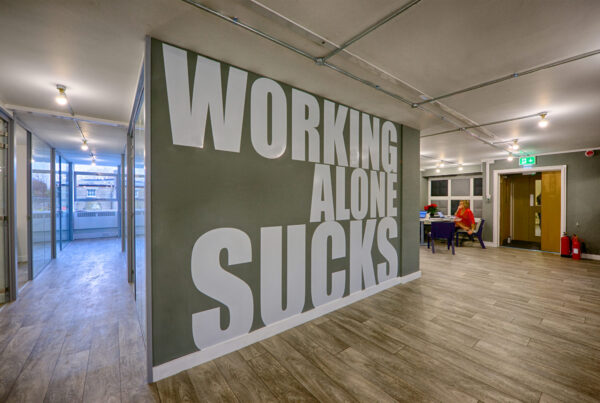Flexible workspace shows a significant advantage for office users tracking their sustainable footprint compared to conventional leased office space.
A comparison of carbon usage by size of workspace shows that flex can be twice as carbon intensive as conventional leased offices. But, by taking actual occupancy of space into account, the data shows that leased office space is almost three times more carbon intensive based on current occupancy levels.
Commercial real estate consultancy Incendium Consulting, which is part of The Instant Group, analyzed data collated from 100 flex and traditional leased spaces.
The research found that flexible workspace has average emissions of 11 units of CO2e per m2 compared to 49 units of CO2e per m2 in traditional leased offices. When looking at the average emissions per occupant, flexible space averages at 863 units. This compares to traditional offices with 2,779 units caused per unused desk and space that no longer works efficiently in a hybrid working environment.
The outcomes provide an initial but powerful insight into using carbon intensity based on occupancy of workspace as a metric. Currently, the amount of carbon used in occupying workspace is assessed by office size. But this metric does not allow for variable use of space over time, and does not reflect real world use of these spaces in a post COVID world.
According to the Chartered Institution of Building Services Engineers, each unused desk in an office equates to the creation of approximately one ton of unnecessary C02 every year. Focusing on occupancy will allow companies to correct huge inefficiencies and reduce overall emissions by tailoring their office space more accurately to their actual needs.
“There should be far greater scrutiny placed on actual usage of workplace rather than highly theoretical models that focus on the potential of space to achieve carbon neutrality,” added Pickering.
“The amount of wasted carbon created because of under-utilization is becoming a significant issue for the workspace sector. This is before you even start to look at the increase in embodied carbon related to the piloting of new workplace solutions within many offices that are currently being undertaken to try to entice employees back the office,” said Pickering. “Many of these will be temporary and it is predicted we will see constant changes to traditionally leased offices as business adapt to varying demands of their workforce.
“Our sector is taking many of the right steps towards becoming net zero but we must start to address the challenges that the current market context presents us with,” explained Pickering. “There are clear improvements to be made for our clients and this metric unlocks potentially a huge impact for the sector to reduce its footprint over time. We are at a junction for Net Zero within workplace and the flex sector will play an ever-increasing role in the solution.”
Using intensity metrics based on occupancy reflects real-world usage and subsequent emissions. The Incendium data set allows for a comparison between operating models and demonstrates that under real-world conditions, the flex working model with increased desk utilization is more efficient and has lower emissions.





